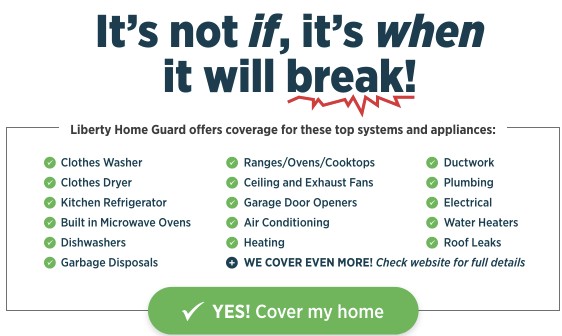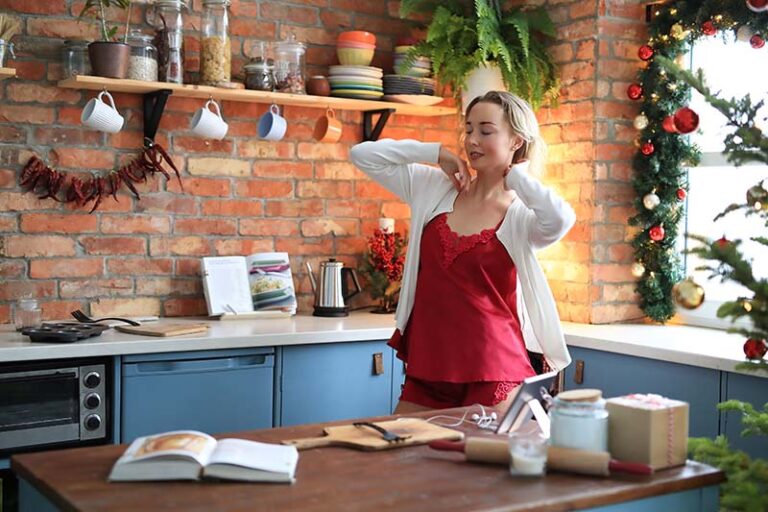Winter’s icy embrace can be a testing time for both homeowners and their dwellings. Ensuring your home is well-prepared to face the cold can lead to a cozy, safe, and economical winter season. Here’s an expanded guide on how to winterize your home effectively:
1. Insulation Checkup:
- Inspect the insulation in your attic, walls, and basement to ensure they are adequate and in good condition.
- Seal any gaps in the insulation and consider adding extra insulation where necessary to retain heat.
- Pay attention to areas where pipes or wires enter the house, as these can be sources of heat loss.
2. Window and Door Seals:
- Check the seals around windows and doors for any cracks or gaps that could let cold air in.
- Apply weather stripping or caulk to seal these areas and prevent drafts.
- Consider adding insulating window film to further prevent heat loss.
3. Furnace and Heating System Maintenance:
- Schedule a professional maintenance check for your furnace and heating systems to ensure they are operating efficiently.
- Replace the filters to improve airflow and efficiency, and consider upgrading to a programmable thermostat if you don’t already have one.
4. Clean and Inspect the Chimney:
- If you have a fireplace, get the chimney cleaned and inspected by a professional to ensure it’s safe and ready for use.
- Consider installing a chimney balloon to prevent drafts when the fireplace is not in use.
5. Roof and Gutter Inspection:
- Clear your gutters of leaves and other debris to prevent ice dams which can cause water to back up and seep into your house.
- Inspect your roof for any missing or damaged shingles that could lead to leaks, and repair them as necessary.
6. Plumbing Protection:
- To prevent pipes from freezing and bursting, insulate exposed plumbing, especially in unheated areas like the garage or crawl spaces.
- Know where your water main shut-off is located in case of emergencies.
7. Install Storm Doors and Windows:
- Storm doors and windows add an extra layer of insulation, keeping your home warm.
- They also provide a barrier against snow and wind, and can help reduce outside noise.
8. Test Smoke and Carbon Monoxide Detectors:
- Ensure your smoke and carbon monoxide detectors are working correctly by testing them and replacing batteries if necessary.
- Consider upgrading to smart detectors that can send alerts to your phone.
9. Stock Up on Essentials:
- Have a supply of essentials like water, non-perishable food, medicines, and other emergency supplies in case of severe weather conditions.
- Also, keep a good supply of salt or ice melt, and snow removal equipment.

10. Outdoor Maintenance:
- Trim any branches hanging close to your house or electrical wires to prevent damage during storms.
- Store outdoor furniture and garden hoses indoors to protect them from the elements, and cover your air conditioning unit.
11. Ceiling Fans and Ventilation:
- Reverse the direction of your ceiling fans to push warm air downward.
- Ensure that your home is properly ventilated, especially if it’s tightly sealed.
12. Emergency Preparedness:
- Create an emergency plan for your household in case of power outages or severe weather conditions.
- Keep a list of important contacts, like your utility companies and local emergency services, easily accessible.
Conclusion: By meticulously preparing your home for winter, you can create a comfortable and safe haven for your family. These steps can also contribute to substantial savings on your energy bills, making the effort well worth your while. As the snowflakes descend, you’ll have peace of mind knowing your home is well-prepared to face the chilly months ahead.



